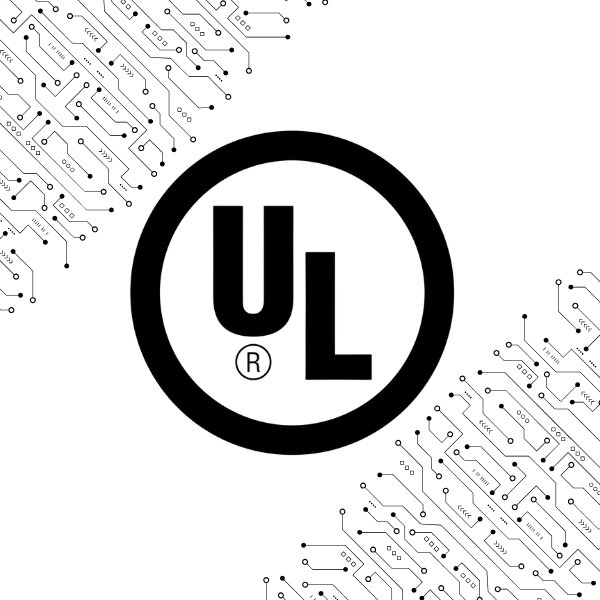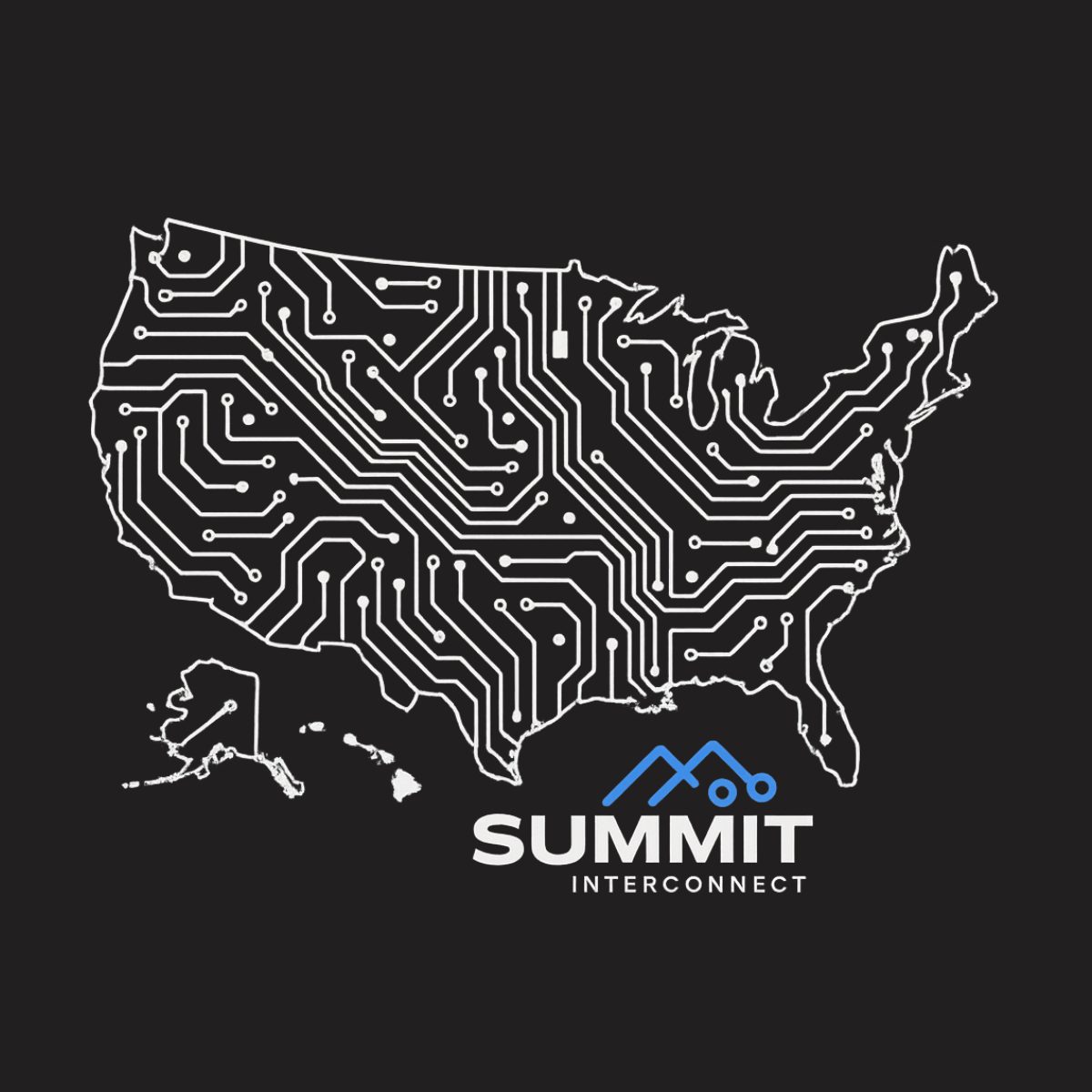Selecting the Best PCB Material for High-Speed Applications
The selection of PCB materials is critical to achieving optimal electrical performance for high-frequency data transmission, RF systems, and telecommunications infrastructure. Choosing the right material also requires alignment with applicable IPC design, material, and performance standards.
Key Considerations for High-Speed PCB Materials
Dielectric Constant (Dk): A stable and tightly controlled Dk across frequency and temperature is critical to impedance control and signal integrity. Lower Dk increases propagation velocity, but stability and tolerance matter most. Designers should specify Dk values, tolerances, and test frequencies per IPC-4101/4103 slash sheets and IPC-TM-650 methods.
Dissipation Factor (Df): Also known as the loss tangent, Df measures a material’s ability to minimize energy loss. Lower Df reduces insertion loss, making it essential for high-speed channels. Confirm Df using the same IPC-TM-650 test method the laminate supplier used.
Thermal Stability: High-speed circuits generate significant heat. Materials with high glass transition (Tg), decomposition temperature (Td), and low coefficient of thermal expansion (CTE) prevent warpage and via stress. Boards should be qualified to IPC-6012 for general digital builds or IPC-6018 when RF/microwave performance is critical.
Copper Roughness: The interface between copper and dielectric affects conductor losses. Using very low-profile (VLP) or hyper VLP (HVLP) copper reduces conductor loss at high frequencies by lowering effective surface resistance. Foil type and class should be specified per IPC-4562.
Manufacturing Compatibility: Some advanced laminates, particularly PTFE and ceramic-filled systems, require special processes such as plasma or sodium etch treatments, specialized drilling, and press cycles. Designers should work with fabricators early and follow design guidelines in IPC-2221 and IPC-2222.
Popular High-Speed PCB Materials
Enhanced FR-4: While standard FR-4 exhibits higher loss at high frequencies, advanced FR-4 materials with improved electrical properties can be suitable for moderate-speed applications. Reference IPC-4101 slash sheets.
PTFE-Based Laminates: Polytetrafluoroethylene (PTFE) laminates, such as those from Rogers or Taconic, offer ultra-low loss and highly stable Dk. They are ideal for RF and microwave applications. Reference IPC-4103.
Hydrocarbon and Ceramic-Filled Laminates: These materials balance low loss with manufacturability, making them common in 5G infrastructure, aerospace, and automotive radar. Reference IPC-4103.
Panasonic Megtron 6 and 7: These very-low-loss epoxy-based laminates provide excellent Dk/Df and thermal stability, making them widely used for 25–112+ Gbps channels and dense backplane designs. Reference IPC-4101.
Choosing the Right Material for Your Design
Selecting the best PCB material depends on design requirements such as signal speed, channel loss budget, thermal environment, and manufacturability. Engineers should balance performance with cost while documenting requirements to ensure consistent builds across suppliers. Key documentation should include:
- Stackup with IPC-4101/4103 slash sheet IDs, dielectric thicknesses, and copper foil type (per IPC-4562)
- Target impedance(s) and tolerance, with reference plane structure and IPC-TM-650 test method
- Acceptance standard: IPC-6012 for general digital boards or IPC-6018 for RF/microwave boards
- Any special laminate processing requirements discussed with the fabricator
By aligning material selection with IPC standards, designers can ensure reliable, high-speed performance while maintaining manufacturability and compliance. This standards-driven approach supports long-term product reliability in advanced digital, RF, and microwave applications.
 Your connection to advanced PCB manufacturing
Your connection to advanced PCB manufacturing 


